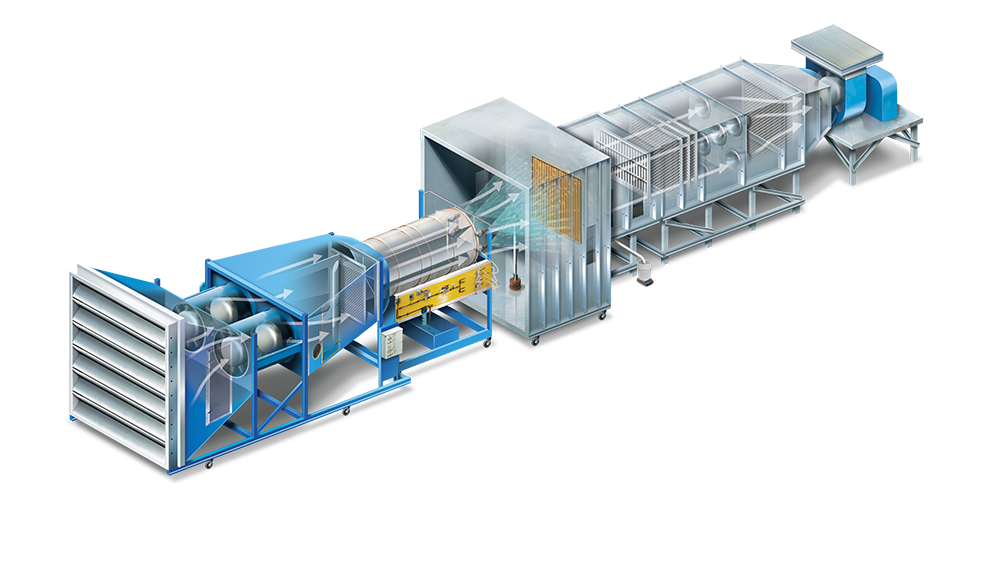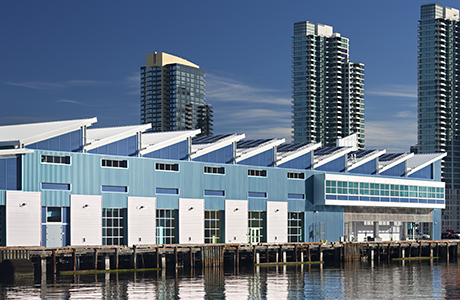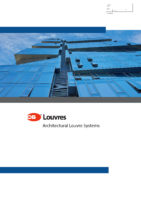How Weather Louvres Work
When it comes to building design, incorporating effective ventilation systems is crucial for ensuring optimal airflow while preventing the ingress of rainwater. This is where weather louvres come into play. These innovative architectural elements not only enhance the aesthetics of a structure but also play a vital role in controlling airflow and protecting against rain intrusion. In this blog post, we will delve into the workings of weather louvres, focusing specifically on their ability to defend against rain.
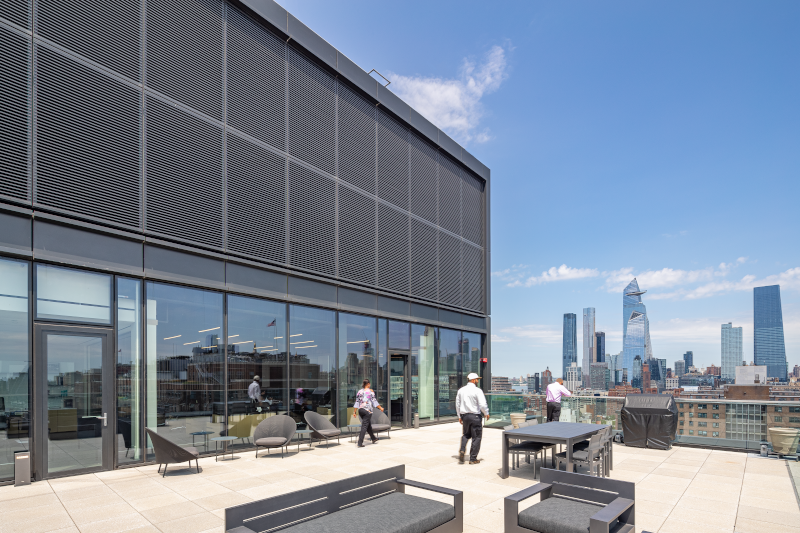
Forcing Airflow and Creating Turbulence:
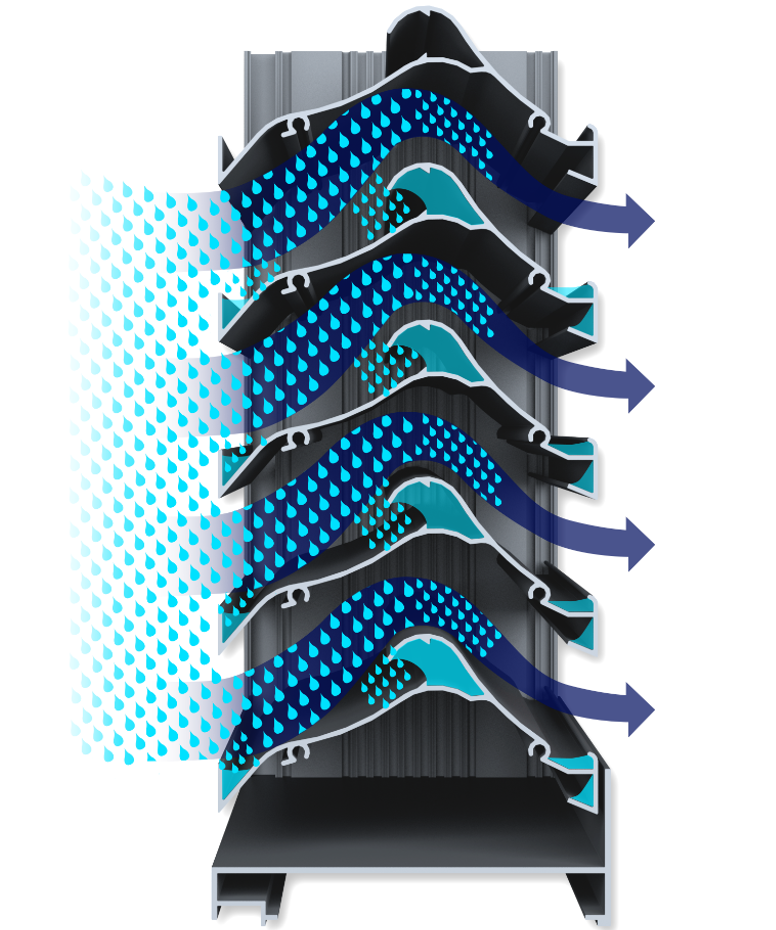
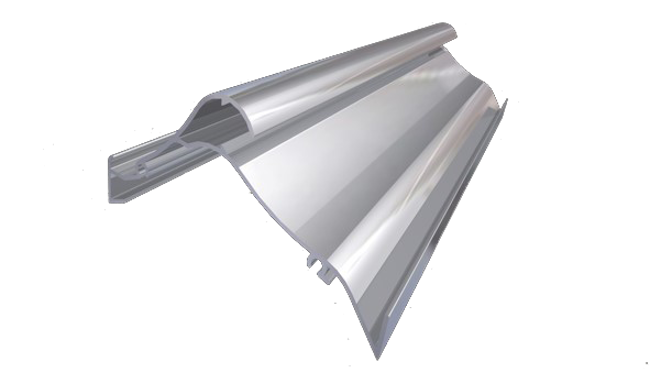
The fundamental principle behind the rain defence capability of weather louvres lies in the shape of their blades.
As air enters the louvre, it encounters a series of specially designed blades that force it to change direction rapidly.
This abrupt change in airflow direction creates areas of low and high pressure, leading to the formation of low-pressure vortex turbulence.
The low-pressure areas generated by the turbulent airflow within the louvre play a crucial role in preventing rainwater from entering the structure.
Water Droplet Collection and Redirection:
As the air moves through the louvre, water droplets present in the incoming airflow are effectively thrown out into these low-pressure zones.
The droplets are then collected within the channels present in the louvre blades.
Once collected, the water is redirected horizontally along the blades towards the jambs and mullions of the louvre.
This horizontal redirection ensures that the water remains within the louvre system, minimising the risk of it entering the building.
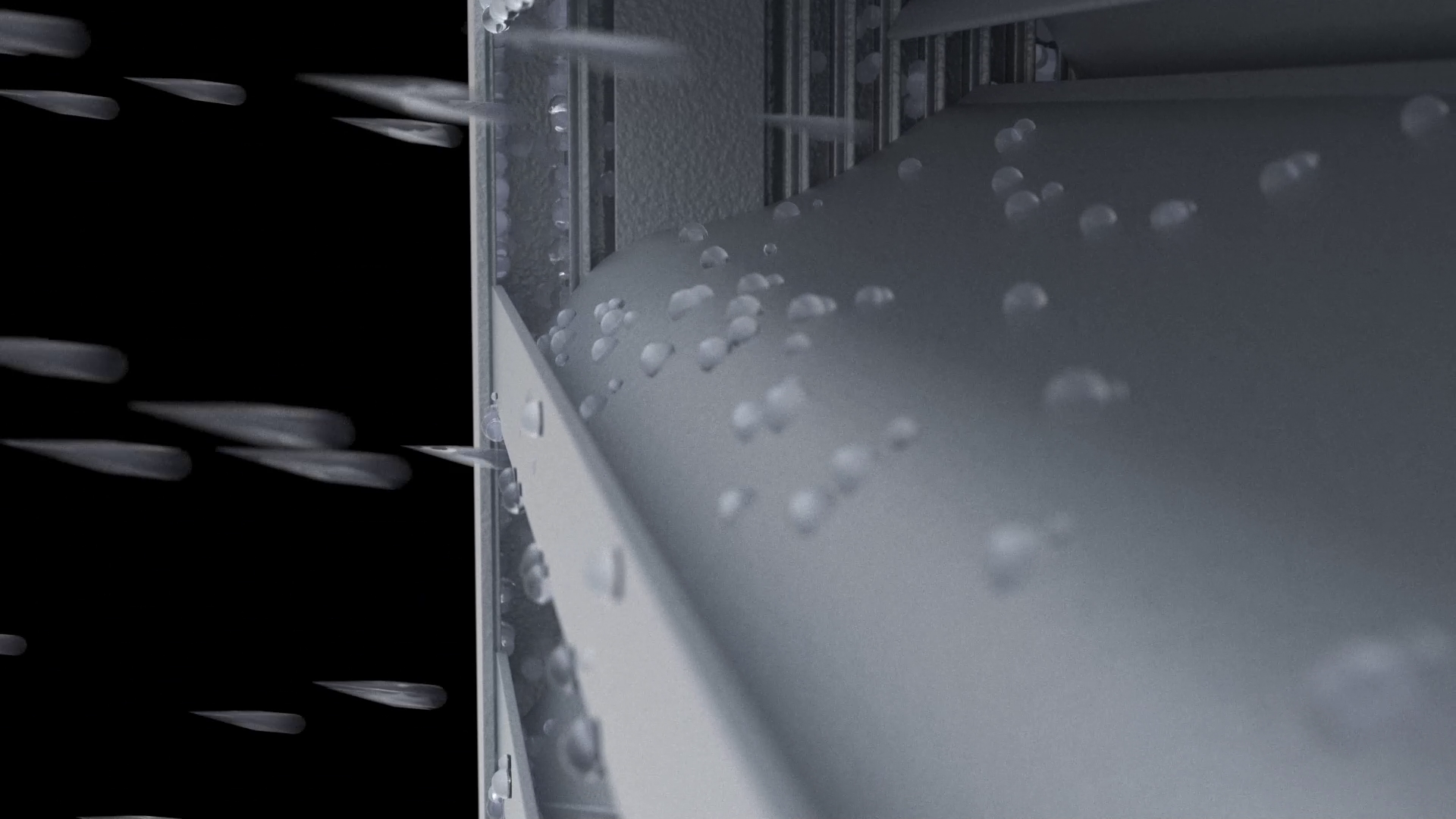
The Importance of Effective Drainage:
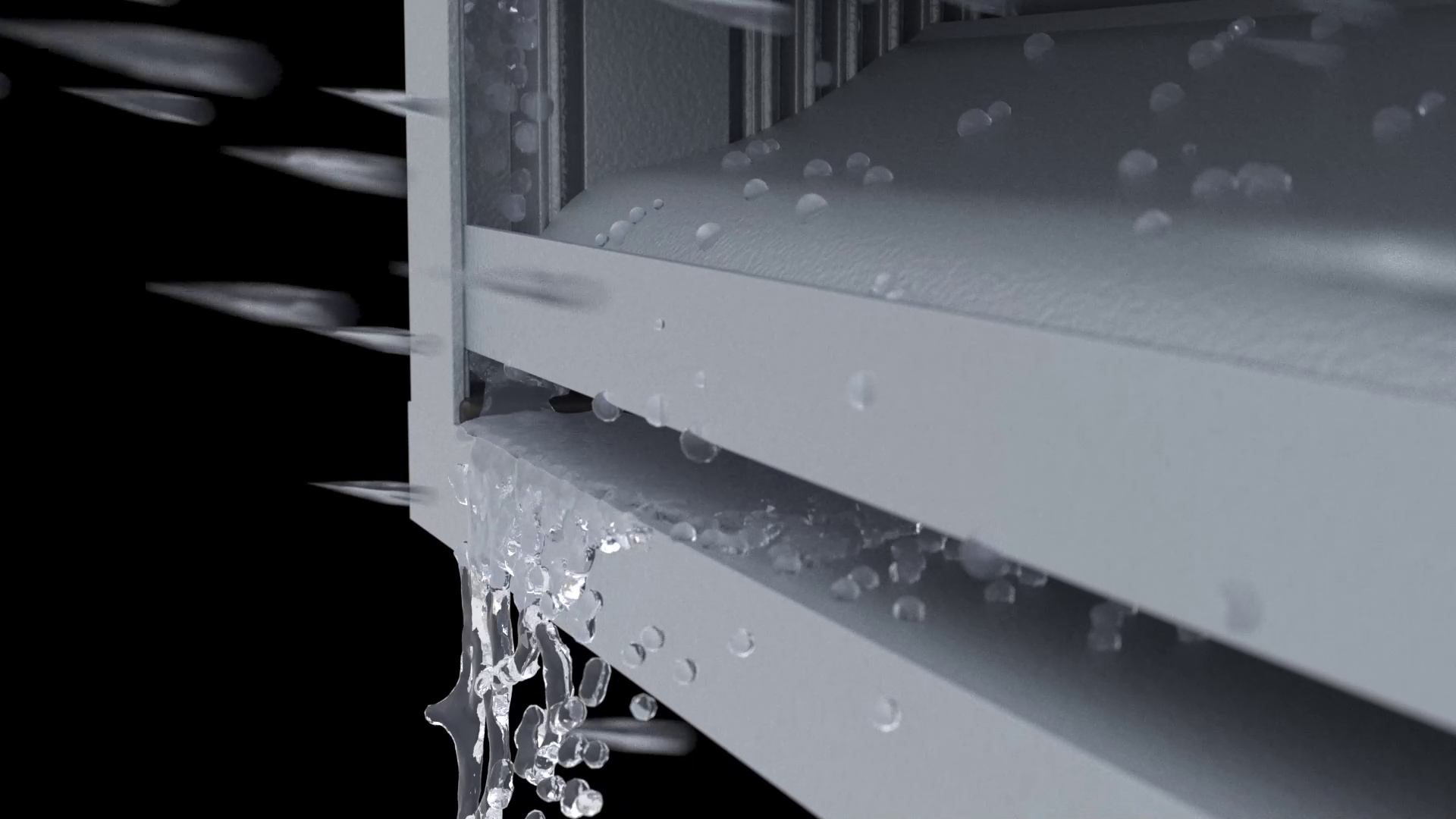
While the ability to collect water is a vital aspect of weather louvres, it is equally important to ensure effective drainage. This is particularly crucial for larger width panels where a substantial amount of rainwater may be accumulated. If water is not efficiently drained away, there is a risk of it cascading down the louvre face and being re-entrained into the inlet airflow.
To avoid such scenarios, high-performance weather or rain defence louvres should be equipped with robust drainage systems. This typically enables collected water to be drained vertically down the jambs and mullions, allowing it to flow onto the cill and out of the building. These channels are designed to efficiently divert collected water towards designated outlets, preventing any possibility of water re-entering the ventilation system.
Weather Louvre Testing:
The standard performance test for weather louvres in Europe is EN 13030:2001 ‘Ventilation for buildings — Terminals — Performance testing of louvres subjected to simulated rain’.
The test results enable specifiers to directly compare the performance of different rain defence louvre models. A single louvre design classification should be accompanied by the limiting core velocity, e.g. Class A 2 up to 2m/s.
